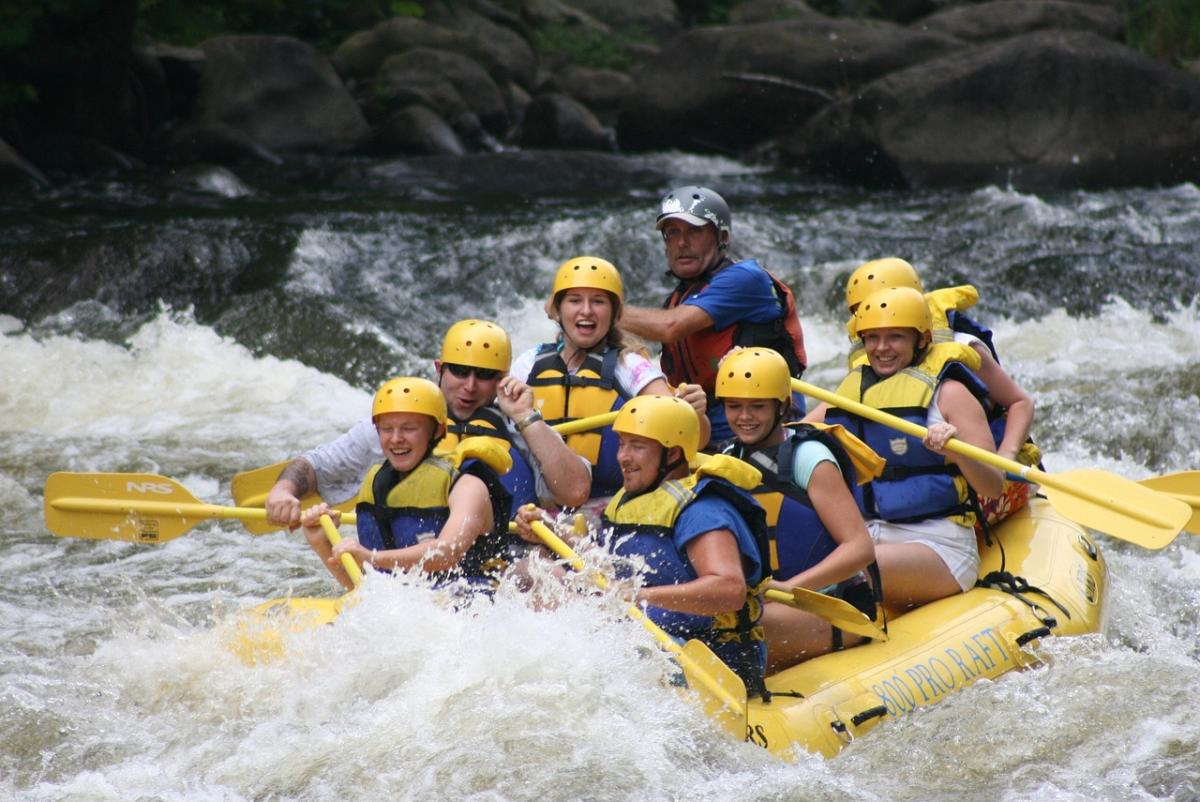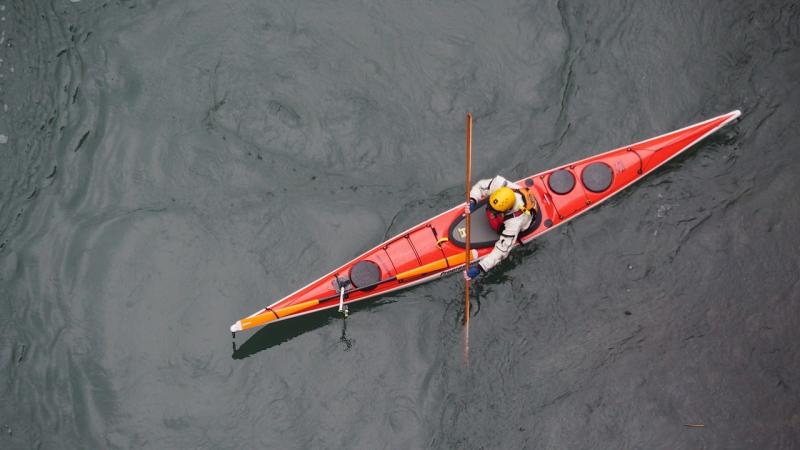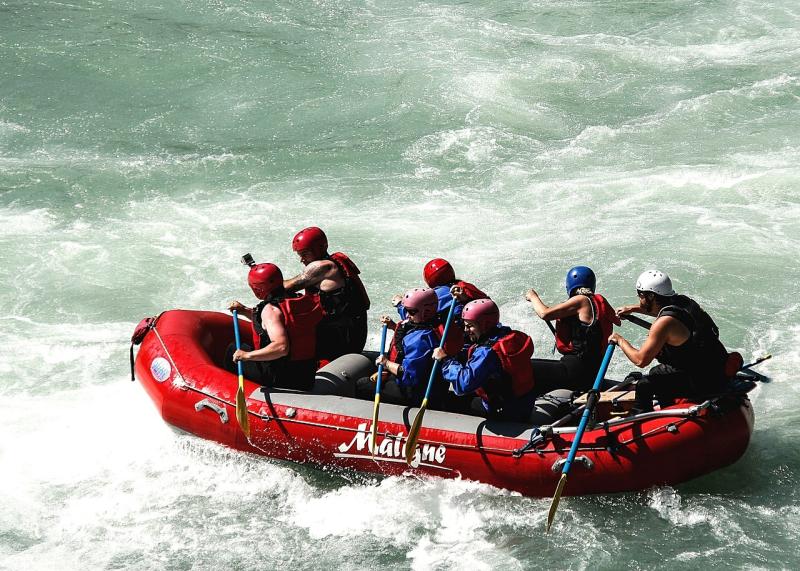Rafting is an exhilarating adventure that can quickly turn dangerous if proper safety precautions are not taken. One essential piece of gear that every rafter should have is a life jacket. These flotation devices are designed to keep you afloat in the event of a capsize or unexpected fall into the water. Without a life jacket, even the strongest swimmer can struggle to stay above water in the swift currents that are common on rafting trips.
When choosing a life jacket for your rafting adventure, opt for one that is specifically designed for whitewater activities. These jackets offer increased buoyancy and are constructed with durable materials that can withstand the rigors of rafting. Look for a jacket that fits snugly, but still allows for freedom of movement. It's important to ensure that your life jacket is properly secured before hitting the rapids.
Remember, wearing a life jacket isn't just about following the rules – it's about protecting yourself and your fellow rafters. Accidents can happen in an instant on the water, and having a reliable flotation device can mean the difference between a minor scare and a life-threatening situation. So, before you embark on your next rafting trip, make sure you have your life jacket packed and ready to go. Your safety depends on it!
Helmet: Protect Your Head on the Rapids
When it comes to rafting, safety should always be a top priority. One essential piece of safety gear that should never be overlooked is a helmet. A helmet can protect your head in the event of a fall or collision on the rapids, preventing serious injury and even saving your life. It is important to choose a helmet specifically designed for water sports, as they are made to withstand impact and stay securely in place even in turbulent waters.
Wearing a helmet while rafting is not only a smart safety measure, but it can also give you peace of mind, allowing you to focus on enjoying the thrill of the rapids without worry. Whether you are a beginner or experienced rafter, accidents can happen at any time, making it essential to always be prepared with the right safety equipment. A helmet is a simple yet crucial piece of gear that can make all the difference in ensuring your safety while out on the water.
Before heading out on your next rafting adventure, make sure to check that your helmet fits properly and securely. It should sit snugly on your head without any movement, and the chin strap should be adjusted to keep it in place during turbulent waters. Remember, when it comes to rafting safety gear, a helmet is one item you should never leave behind. So gear up, stay safe, and enjoy the rush of the rapids with peace of mind knowing your head is protected.
Water Shoes: Stay Sure-Footed in the Water
When it comes to water sports like rafting, it's essential to have the right gear to ensure a safe and enjoyable experience. One piece of gear that often gets overlooked but is crucial for staying sure-footed in the water is a good pair of water shoes.
Water shoes are specifically designed to provide traction on wet surfaces, protecting your feet from sharp rocks, slippery moss, and other hazards that you may encounter while rafting. They are typically made with high-grip, non-marking soles that help you maintain your footing even in fast-moving water.
Additionally, water shoes are made from quick-drying materials that allow them to drain and dry out quickly, preventing your feet from getting waterlogged and uncomfortable during your adventure. They also offer some protection against debris and sharp objects that may be lurking beneath the surface of the water.
First Aid Kit: Be Prepared for Emergencies
One essential piece of safety gear to have when embarking on a rafting adventure is a well-stocked first aid kit. Whether you're navigating through calm waters or tackling challenging rapids, accidents can happen, and it's crucial to be prepared for any emergencies that may arise. A first aid kit can be a lifesaver in situations where immediate medical attention is needed.
When putting together your first aid kit, make sure to include items such as bandages, adhesive tape, antiseptic wipes, gauze pads, scissors, tweezers, and pain relievers. These basic supplies can help you treat minor injuries like cuts, scrapes, and bruises. It's also a good idea to pack any personal medications you may need, as well as items like insect repellent and sunscreen to protect yourself from common outdoor hazards.
Before setting out on your rafting trip, take the time to familiarize yourself with the contents of your first aid kit and how to use them effectively. It's also important to keep your kit in a waterproof container to protect the supplies from getting wet during your journey. Having a well-prepared first aid kit on hand will give you peace of mind knowing that you're ready to handle any unexpected medical situations that may arise while on the water.



